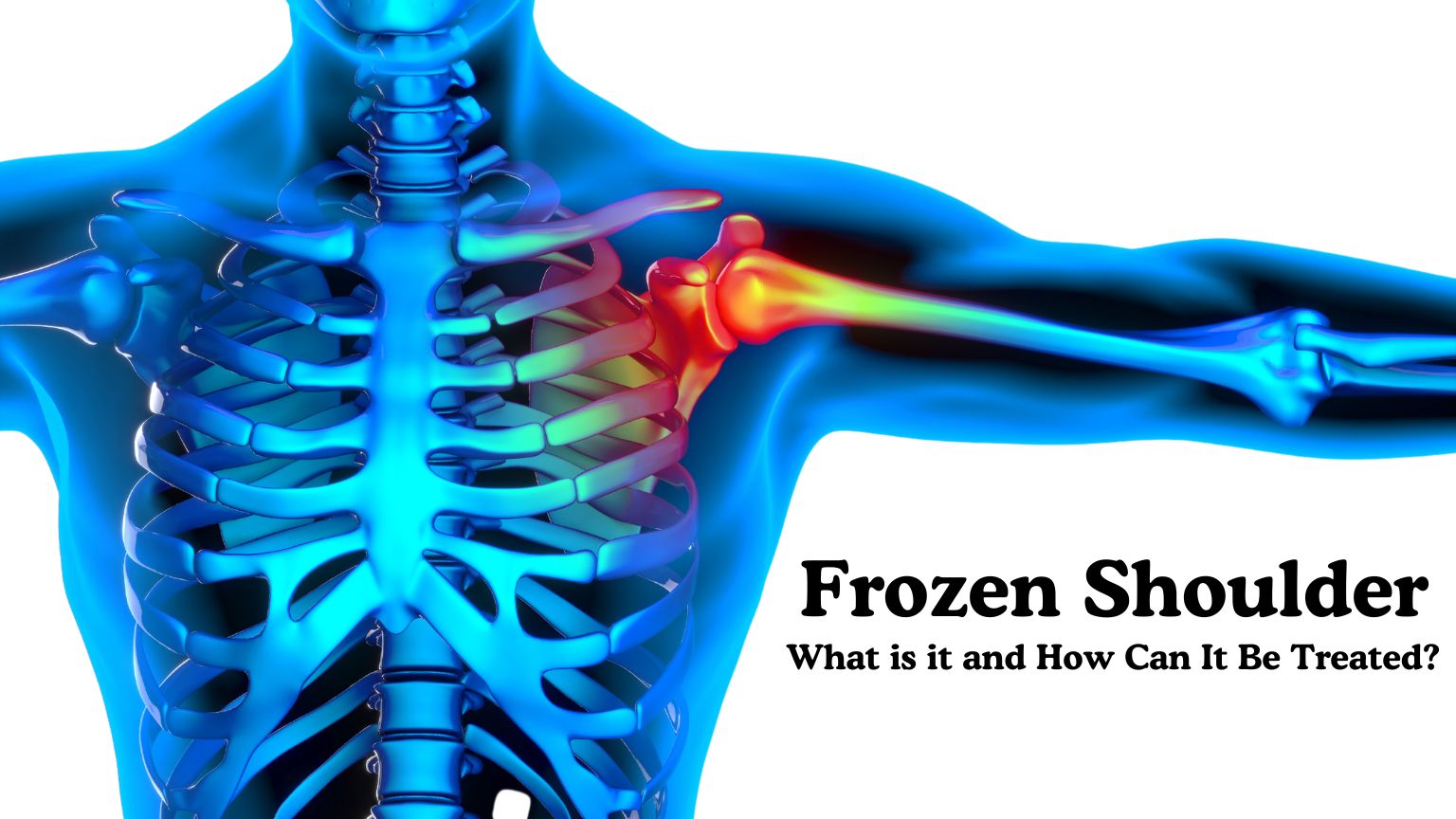Know-how: Frozen Shoulder
People also call this disease as adhesive capsulitis, which is usually the feeling of uneasiness and pain in the shoulder joint. This makes the shoulder joint painful. Proper physical therapy from a reliable physician should ease the issues within 3 years.
It has a complex anatomy which comprises of a ball and socket joint, including parts-
- Humerus (Upper arm bone)
- Clavicle (Collarbone)
- Scapula (Shoulder blade)
Generally, people (especially women) who are prone to frozen shoulder are in the 40 – 60 age bracket. There can be multiple reasons behind the cause, but if it persists for a prolonged period, a medical consultation (from shoulder specialist) at the earliest is recommended.
Symptoms
Pain occurring from a frozen shoulder generally identifies itself as-
- Generally aching or dullness
- Gradually worsens in its initial days, especially when you try to move your shoulder
- Normally affects the outer shoulder area and occasionally in the upper arm
So generally, it has three stages (in chronological order)-
- Freezing – Where significant limitation to your shoulder movement happens with excruciating pain. Typically lasts from 7 weeks to 9 months.
- Frozen – Pain increases and lasts up to 6 months. You will be barred from daily activities.
- Thawing – Condition improves with time. Anywhere between 6 months – 2 years.
Causes
The sad news is- there is no clear statement as to the cause of a frozen shoulder. But you can prevent it by mitigating the trigger factors like-
- Diabetes: Diabetic patients tend to catch frozen shoulder disease more than normal people. The suffering tenure is much more before it hits the “thawing” stage.
- Some other groups are at risk such as those suffering from hyperthyroidism, cardiac diseases, etc
- Sometimes after an injury, people tend to keep the shoulders immobile leading to a frozen shoulder. So, it is recommended to those patients- to work those shoulders as much as possible.
Home Care
You can tackle your frozen shoulder at home by-
- Implementation of cold compresses or warm ones alternatively. For heat application try to utilize a damp towel from a microwave or a heating pad. Apply at most 20 mins, three times a day.
Try to avoid direct ice in terms of cold treatment. The frequency remains the same as the hot one.
- Stretching helps a lot! Seek a professional physician who can guide you to do certain kinds of stretching at home. Sometimes this includes a rubber stretching band too and will discuss this in the later section of this blog.
Various forms of Shoulder Treatments
Earlier, some non-surgical shoulder treatments have already been discussed in the home care section. Apart from that there are a few injections-
- Steroid: Some medics prescribe cortisone (anti-inflammatory medicine)
- Hydrodilatation- where a sterile fluid is injected into the shoulder joint to stretch the shoulder joint capsule.
In terms of surgical treatments, you should first consider consulting with an experienced arthroscopic surgeon from reliable platforms like- shoulderandkneeclinic.com. And it normally commences during the second stage i.e. “frozen”. Anesthetic measures are taken where the goal of the shoulder surgeon is to ease the stiffened joint capsule.
Stretches that are specific to frozen shoulder
- One way to mitigate the pain is to stretch by leaning forward while keeping your arms at your respective sides. As you lean, you can keep one arm at a table for support and move the other in a circle around five times in one direction and five times in the other rotation.
- With your hurt arm, try to lift the weight of your good hand, up to your chest level and hold it for around 10 seconds. Repeat at least 10 times a day.
- You can go for a towel stretch and inward or outward rotations, but you should consult an experienced physician before going for these shoulder treatments.


